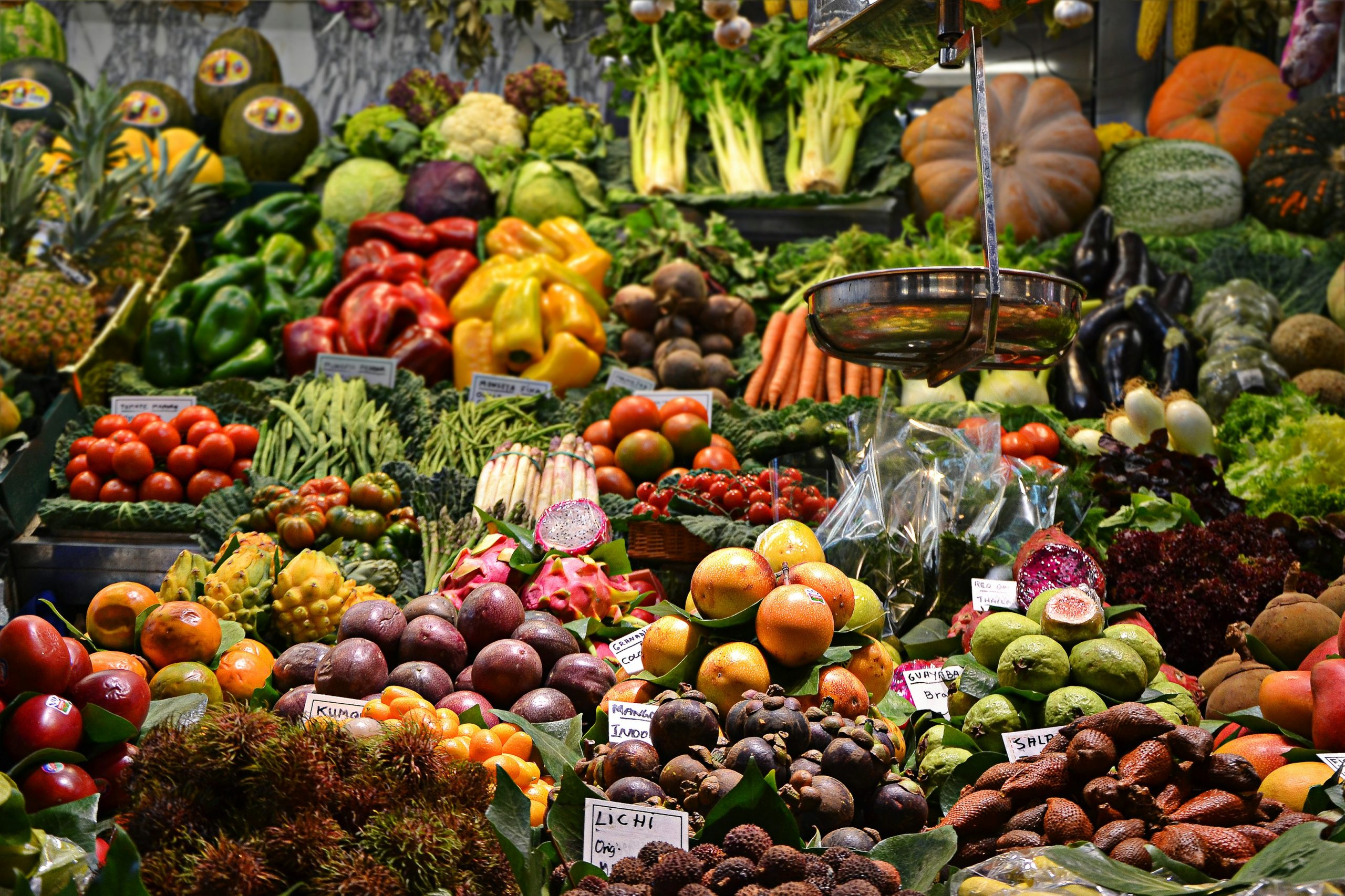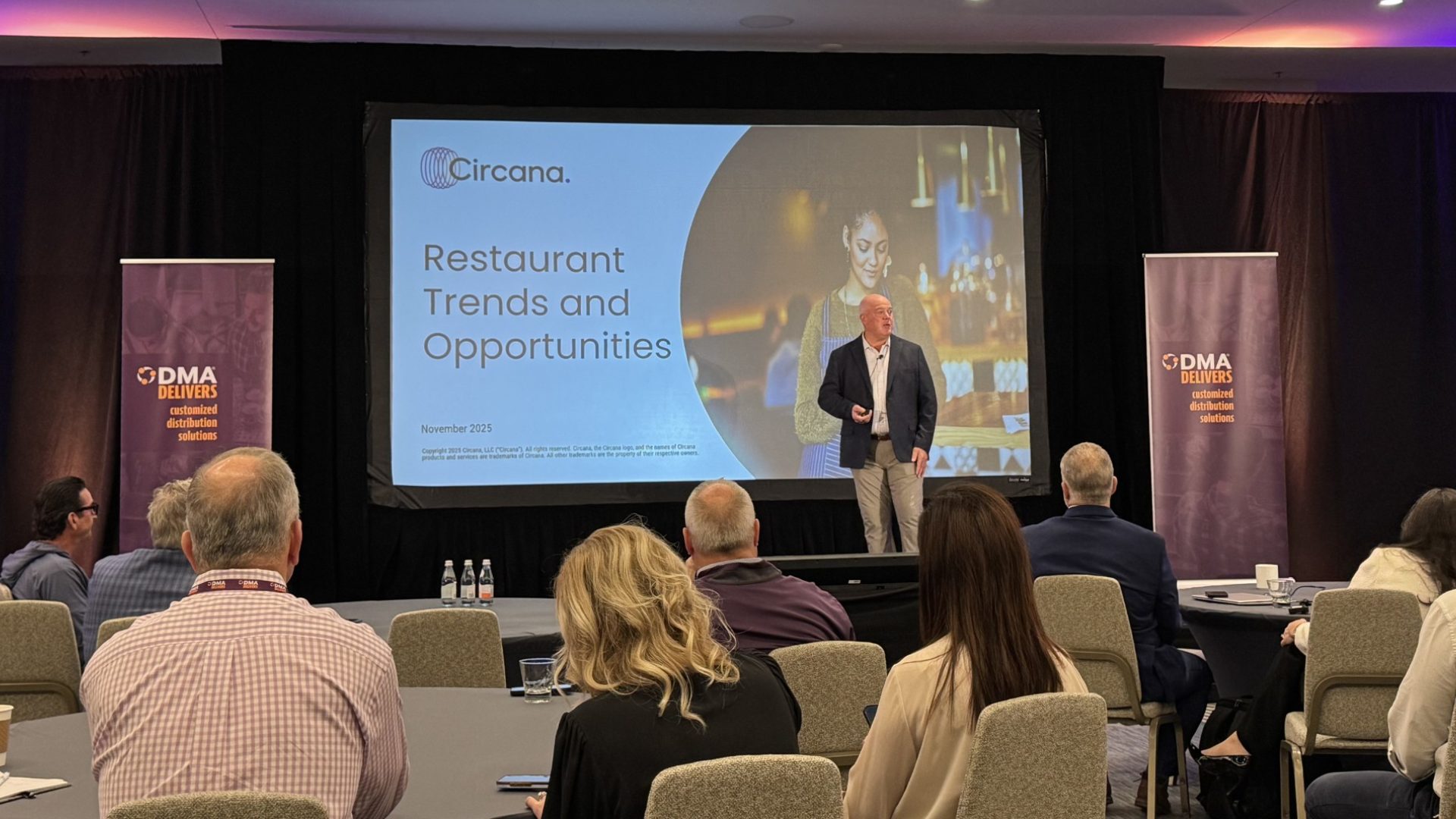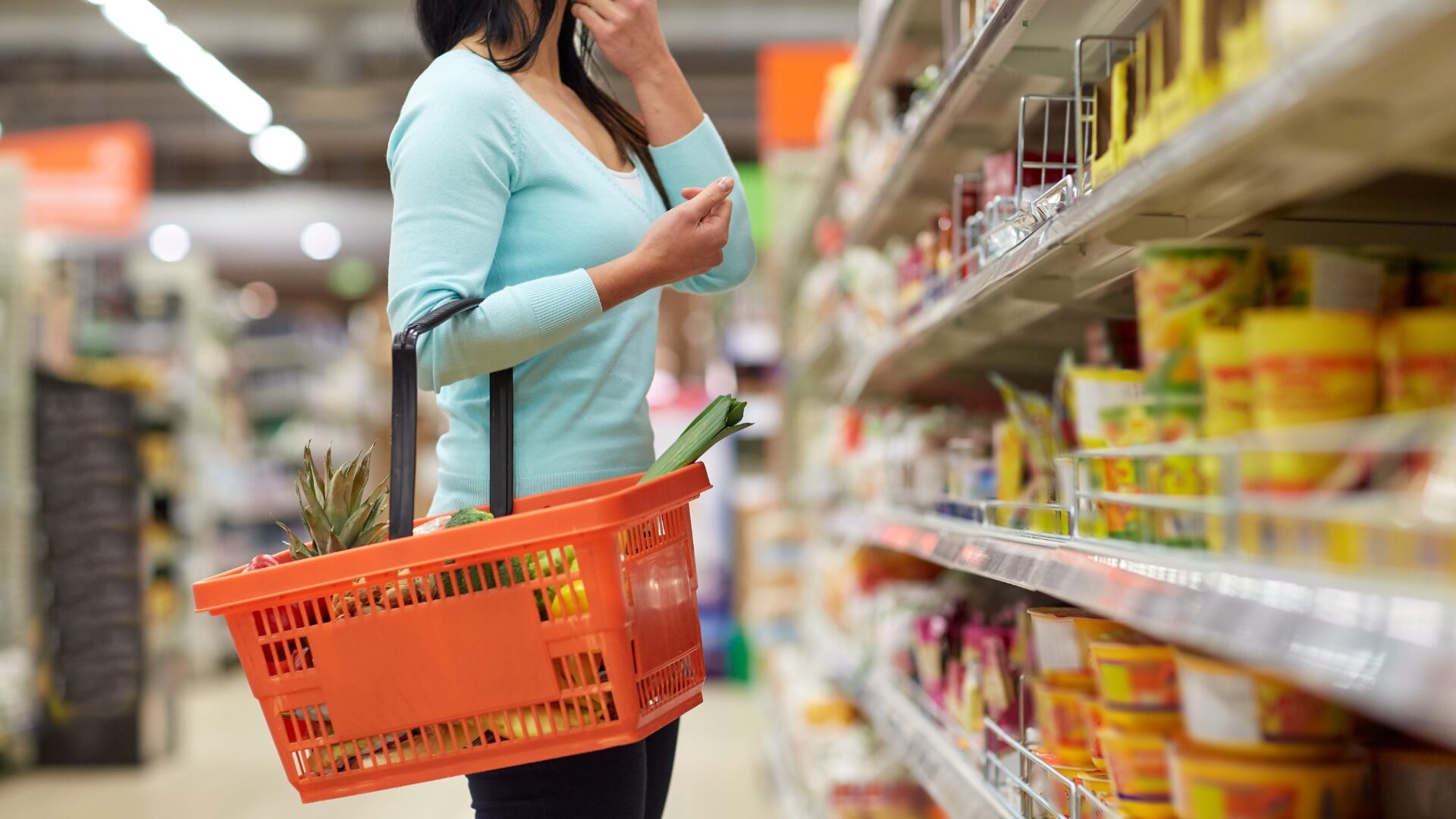Once a niche, hard-to-find category, specialty food is becoming a staple in consumers’ kitchens.
KeHE Distributors President and CEO Brandon Barnholt recently joined The Food Institute Podcast to discuss specialty food trends, factors affecting the industry, and the outlook for business growth.
Here are a few key findings noted during the podcast:
WHAT’S DRIVING GROWTH IN THE CATEGORY?
The specialty food stores market has $11.1 billion in revenue as of 2022, having grown 1.8% per year on average since 2017, according to IBISWorld.
“There was a day, a couple decades ago, that the organic food part of our industry was a movement, it was relatively small. … Products tended to be harder to find,” Barnholt said. “We’ve moved to a point where it’s no longer a hunt to find organic. There’s an organic opportunity available in everything.”
As specialty-food products have become more available in mainstream formats, consumers’ tastes have also evolved.
“The desire to eat healthy, the desire for clean ingredients, for understanding where the product is grown and how it’s grown … those are all things that people care about today,” Barnholt said. “So, there’s a number of reasons why consumers are looking for all these products and that continues to fuel growth at the retail level.”
THE “NEW CONSUMER”
Instead of referring to the current, pandemic scenario as the “new normal,” Barnholt views it as the “next normal.”
“We’re coming out of, hopefully, a once-in-a-lifetime [pandemic] experience for all of us, and no one knows exactly where this is going to go,” he said. “We certainly saw consumers shift their demand based on the limitations that were put on all of us … which caused us to live differently and to shop differently, and frankly, begin to eat differently.”
Barnholt pointed out e-commerce as being a large benefactor of that, adding that consumers will consumers will continue to order more food online. However, he believes shopping will always primarily be through brick-and-mortar.
“We have a very basic connection with our food,” he said. “As human beings, we love to go to the grocery store, we love to go to market, and we love to get all the senses working … it’s just part of what we do. And I personally believe that will always be the case.”
EVOLVING RELATIONSHIP BETWEEN DISTRIBUTOR, RETAILER
Due to the pandemic, retailers have had to invest a significant amount of capital to get into the digital world. When asked how that has affected the relationship between the distributor and the retailer, Barnholt noted that, if anything, the relationship has been strengthened.
“The supply chain … has been very, very challenging. And so, our relationship with our retailers had to become more and more of a partnership,” he said. “The better the data that we could pass back and forth to each other, the better it was for everyone.”
Barnholt added that, when it’s optimized, the supply chain is one big algorithm. “The more that everybody’s algorithm is fine-tuned … the better it is,” he said.











